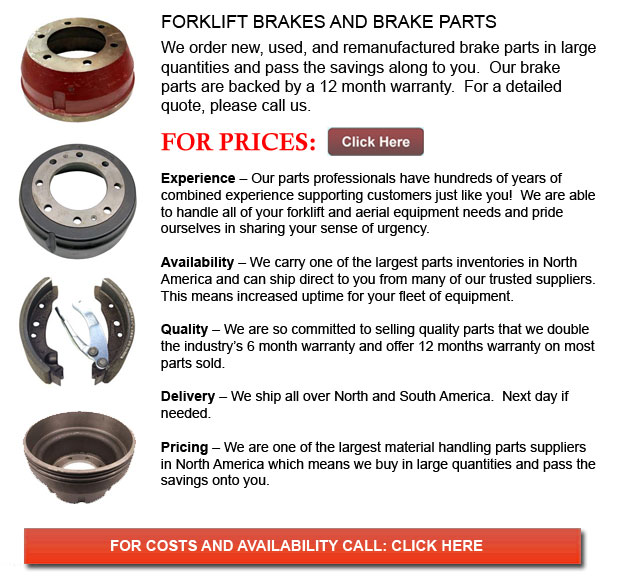
Forklift Brakes - A brake drum is in which the friction is provided by the brake pads or brake shoes. The pads or shoes press up against the rotating brake drum. There are several different brake drums types with certain specific differences. A "break drum" would normally refer to if either pads or shoes press onto the inner outside of the drum. A "clasp brake" is the term utilized in order to describe if shoes press next to the exterior of the drum. One more kind of brake, called a "band brake" uses a flexible belt or band to wrap round the outside of the drum. Where the drum is pinched in between two shoes, it could be called a "pinch brake drum." Similar to a standard disc brake, these kinds of brakes are quite rare.
Previous to nineteen ninety five, old brake drums required consistent modification regularly in order to compensate for shoe and drum wear. "Low pedal" or long brake pedal travel is the hazardous outcome if adjustments are not done satisfactorily. The vehicle could become dangerous and the brakes could become useless whenever low pedal is mixed along with brake fade.
There are some different Self-Adjusting systems used for braking available today. They can be classed into two separate categories, the RAI and RAD. RAI systems are built in systems that help the device recover from overheating. The most well known RAI manufacturers are Lucas, Bosch, AP and Bendix. The most well-known RAD systems comprise Volkswagen, VAG, AP, Bendix and Ford recovery systems.
Self adjusting brakes normally use a device that engages only when the vehicle is being stopped from reverse motion. This stopping technique is satisfactory for use where all wheels use brake drums. Most vehicles these days utilize disc brakes on the front wheels. By working only in reverse it is less likely that the brakes will be applied while hot and the brake drums are expanded. If adapted while hot, "dragging brakes" can take place, which raises fuel expenditure and accelerates wear. A ratchet tool that becomes engaged as the hand brake is set is another way the self repositioning brakes may operate. This means is only appropriate in functions where rear brake drums are utilized. When the emergency or parking brake actuator lever goes over a particular amount of travel, the ratchet developments an adjuster screw and the brake shoes move toward the drum.
There is a manual adjustment knob placed at the bottom of the drum. It is generally adjusted through a hole on the other side of the wheel and this requires getting beneath the vehicle together with a flathead screwdriver. It is of utmost importance to move the click wheel correctly and tweak every wheel equally. If uneven adjustment occurs, the vehicle may pull to one side during heavy braking. The most efficient way to be able to ensure this tedious task is done safely is to either lift each and every wheel off the ground and hand spin it while measuring how much force it takes and feeling if the shoes are dragging, or give every\each and every one the exact amount of manual clicks and then do a road test.
![]() Click to Download the pdf
Click to Download the pdf
Forklift Parts
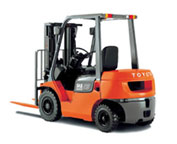
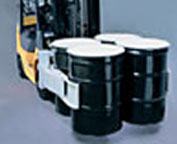
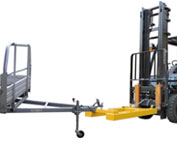
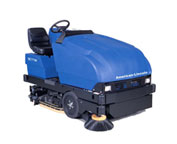
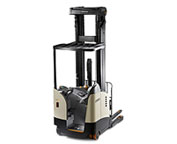
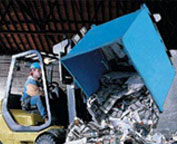
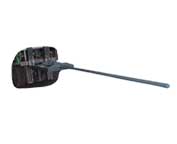
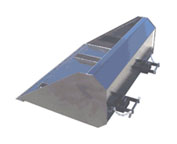
Lift Parts Express
TOLL FREE: 1-888-695-7994
Bridgeport, Connecticut
forkliftpartsbridgeport.com
Email Us
About Us


